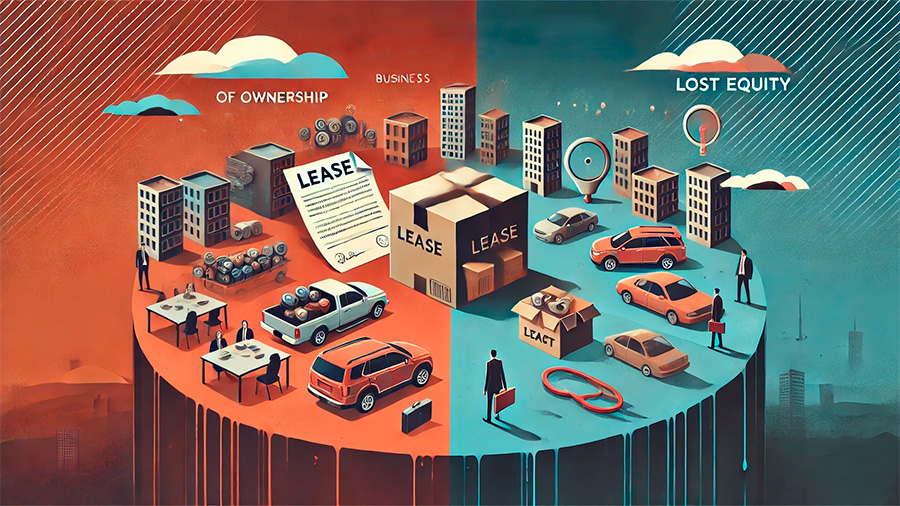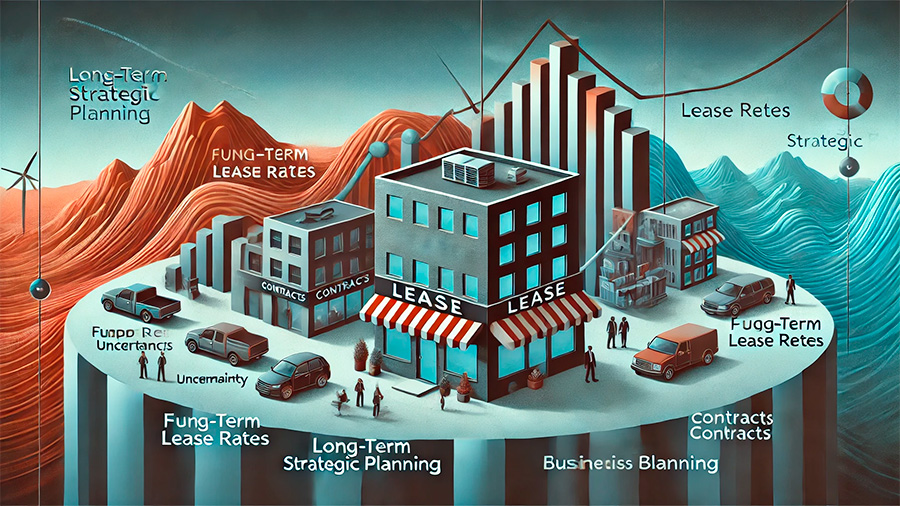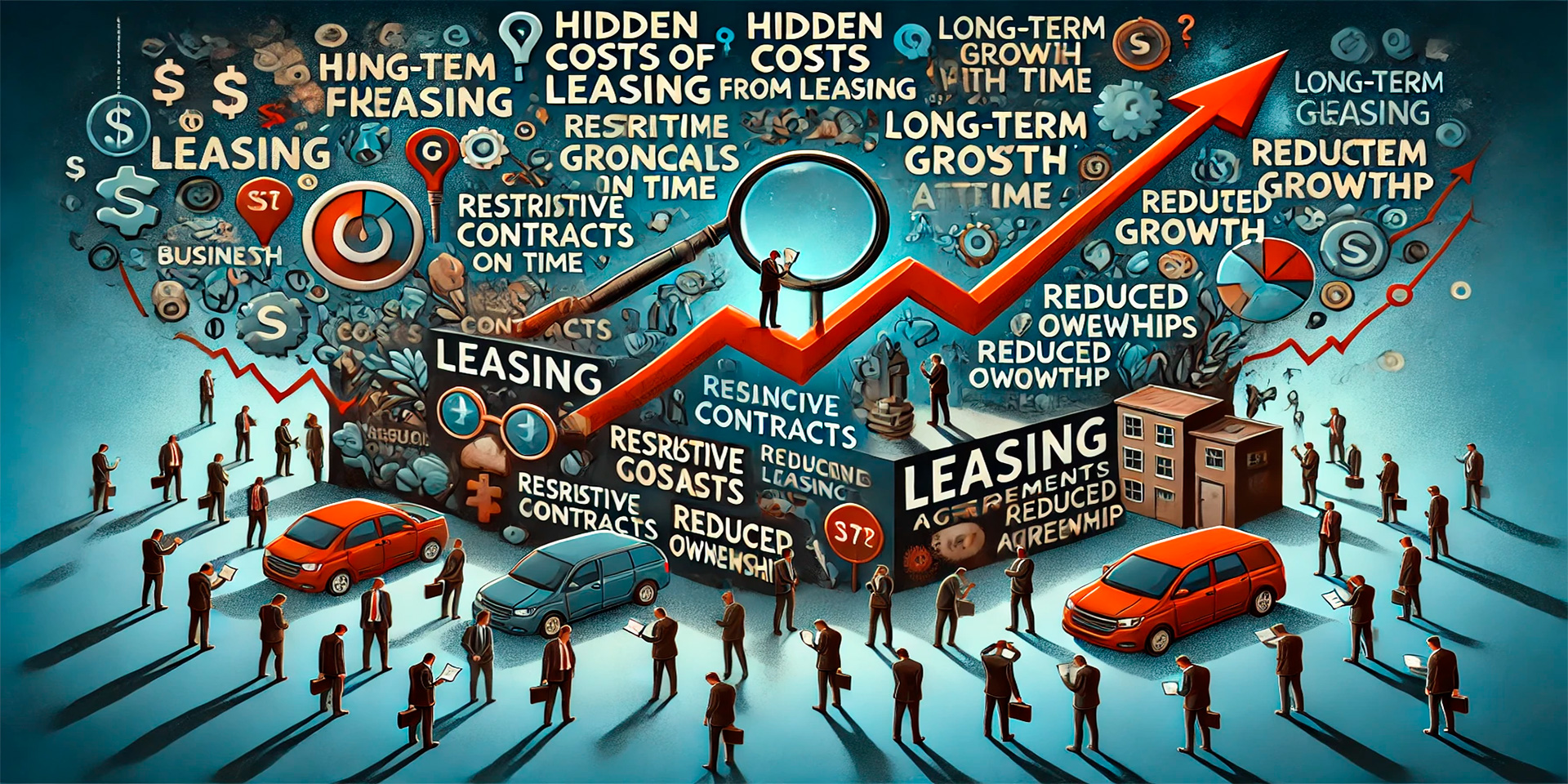Leasing is often seen as a flexible, cost-effective way for businesses to acquire the equipment, technology, and property they need without the burden of upfront capital expenditure. However, for businesses with long-term growth plans, leasing may present several disadvantages that can hinder progress over time. While leasing offers short-term flexibility, it can limit financial and operational control in the long run.
This article explores the potential downsides of leasing for businesses with long-term goals and how these challenges can affect growth, profitability, and sustainability.
Higher Long-Term Costs
One of the primary disadvantages of leasing is the higher cumulative cost over time compared to buying. While leasing spreads payments over months or years, the total amount paid by the end of the lease term can exceed the cost of purchasing the asset outright. For businesses with long-term plans, this can result in paying more for an asset they could have owned after a one-time purchase.
For example, a company that leases office equipment for a period of five years may end up paying significantly more than if they had purchased the equipment outright at the start. Over time, leasing becomes less cost-effective for businesses that intend to use the assets for extended periods. This is especially true for businesses with stable growth projections that can afford the upfront investment in essential equipment.

No Ownership or Asset Value
Another significant disadvantage of leasing is the lack of ownership. At the end of the lease term, the business must return the leased asset to the lessor or renegotiate the lease. Unlike purchasing, where the asset becomes part of the company’s balance sheet and can be sold or used as collateral, leasing offers no long-term asset value.
For businesses with long-term plans, owning assets can provide financial benefits such as equity, depreciation tax advantages, and the ability to resell or repurpose the asset. Leasing, by contrast, limits a company’s ability to build equity in the equipment or property they use, and the monthly payments do not contribute to ownership. This lack of asset ownership can reduce a business’s financial leverage and limit its ability to use these assets for future growth opportunities.
Limited Customization and Usage Restrictions
Leasing agreements often come with usage restrictions that can limit how businesses use the leased assets. These restrictions may include limitations on mileage for leased vehicles, conditions on how equipment can be modified, or requirements for specific maintenance practices. For businesses with long-term growth strategies, these limitations can be restrictive and prevent them from fully optimizing their use of the leased asset.
For example, a manufacturing company that leases production equipment may face restrictions on how the machinery can be customized to suit their specific needs. This can limit their ability to innovate or scale their operations to meet future demand. In contrast, owning the equipment would provide the flexibility to make necessary modifications without needing approval from the lessor.
In addition, lease agreements often include penalties for exceeding usage limits or for early termination of the lease, which can add to the overall cost and complexity of managing leased assets.

Lack of Flexibility in Long-Term Planning
Leasing can also hinder long-term strategic planning for businesses. While leasing provides flexibility in the short term, the need to continually renew leases or renegotiate terms can create uncertainty. For businesses with long-term goals, this lack of stability can make it difficult to plan for future growth and asset management.
For example, a business that relies on leased equipment may find itself at the mercy of changing market conditions, such as rising lease rates or changes in leasing terms. If a business grows and needs to expand its equipment or real estate footprint, it may face challenges in securing the necessary assets through leasing. In some cases, businesses may be forced to renew leases under less favorable conditions, increasing costs and reducing financial predictability.
Owning assets provides greater stability for long-term planning, allowing businesses to manage their resources with more certainty and control.
Potential for Increased Maintenance Costs
While many leasing agreements include maintenance and repair services, some leases may require the lessee to cover certain maintenance costs, especially if the equipment is used beyond standard limits. For businesses with long-term plans, this can result in escalating maintenance expenses as the leased assets age.
Leased assets that are heavily used over time are more likely to require repairs, and some leasing agreements may place the financial burden for these repairs on the lessee. In contrast, businesses that own their assets have more control over how maintenance is handled and can invest in preventative measures to extend the asset’s lifespan. Over the long term, owning and maintaining equipment may be more cost-effective than leasing and facing potentially high maintenance charges.
Missed Tax Benefits
For businesses with long-term goals, purchasing assets can provide tax benefits that leasing cannot. When a business buys equipment or property, it can typically deduct depreciation and interest from its taxable income. This reduces the company’s overall tax liability over time, offering a financial advantage that leasing does not provide.
While lease payments are often deductible as operating expenses, the tax benefits of ownership can outweigh the deductions available through leasing, particularly for businesses that plan to use the assets for many years. By owning the assets outright, businesses can benefit from long-term tax savings that improve their financial position and contribute to growth.
Conclusion
While leasing offers short-term flexibility and reduced upfront costs, it may not be the best option for businesses with long-term growth plans. The lack of ownership, higher cumulative costs, and limitations on usage and customization can hinder a company’s ability to scale and manage assets effectively over time. For businesses focused on sustainable, long-term growth, purchasing assets may provide greater financial stability, flexibility, and tax benefits.


